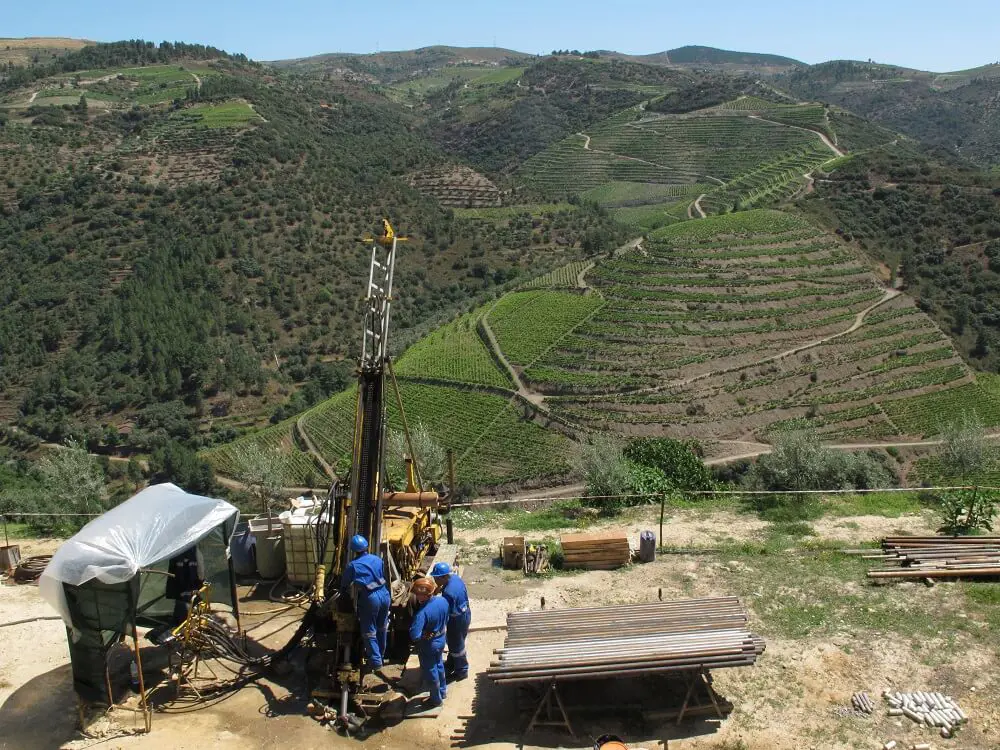World-class deposits are becoming increasingly hard to discover, even with exploration expenditures having reached all-time highs in 2012. Industry performance has declined, fewer discoveries are turning into mines and their conversion is taking longer, and over the past decade the average cost of discovery has tripled (Schodde, 2017).
There is also recently a trend towards exploring deeper and under cover. As a result, numerous conferences and courses have focused on techniques for exploring better—including at depth and under cover—which largely incorporate the use of geochemistry and geophysics to see through cover (DMEC-PDAC, 2015).
The reason for their use lies in the fact that modern exploration is predominantly data-driven and focused on the direct detection of mineralisation. In greenfields exploration this may include defining geochemical or geophysical anomalies, whereas brownfields exploration often concentrates on data integration and geophysical testing, especially in sulphide systems. This is technically challenging when exploring at depth or in areas of cover, with overburden sometimes masking or diluting results or generating false-positive anomalies. For example, the Iberian Pyrite Belt in southern Spain is covered by a thick marl sequence that limits the application and depth penetration of airborne electromagnetic techniques to explore for massive sulphides.
With the challenges of discovering deposits under cover and at depth, exploration success today depends on developing a strong understanding of a target area’s geology, structural architecture, geodynamics, and potential deposit preservation from factual observations, rather than relying solely on data and direct detection. This may include field observations of controlling structures and using fault geometry and kinematics to define the geometry of mineralisation (both in outcrop and drill core) or the geological interpretation of geophysical data based on geological principles. Even when using modern techniques for exploring, such as machine learning, the fundamental foundation remains geological understanding, and companies focusing heavily on this benefit from higher discovery rates.
Sadly, many exploration companies pay little attention to understanding the geology of their deposit or exploration area, which is one of the fundamental reasons for the overall decline in discovery. Instead, these companies often only pursue understanding of the geological controls on metal distribution once things go wrong. The repercussions of this include:
- Drilling more metres than required due to not understanding mineralisation distribution/ore plunge,
- Truncation of an orebody by a fault that was not predicted, and
- Significant changes in resource estimation (tonnage and/or grade) due to not understanding the geological controls on metal distribution.
Every exploration project should focus on understanding the geological controls on grade distribution—whether primary controls, such as structures controlling the formation of vein systems, or secondary/overprinting disruption of a mineral system, for example overprinting by a late stage, barren, low-temperature hydrothermal system. Controls should then be defined, for instance the distribution of auriferous veining related to the movement on a fault system controlling dilation, and directly applied to exploration targeting, reconnaissance mapping, and drill planning.
Taking the time to develop this in-depth understanding will always reduce exploration risk, increase discovery rates, save money, and accelerate projects into production.

